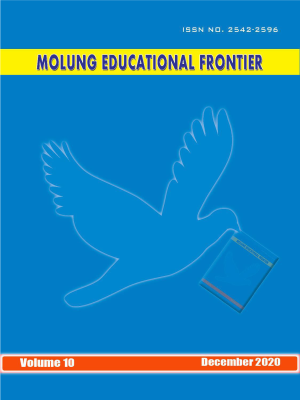Studying the Effect of Seed-layers of Zinc Oxide Nanostructured Thin Film for Liquefied Petroleum Gas Sensor Application
DOI:
https://doi.org/10.3126/mef.v10i0.34056Keywords:
Thin Film, Gas sensor, Nanostructure, Hydrothermal growthAbstract
Gas sensors are devices that can convert the concentration of an analyte gas into an electronic signal. Zinc oxide (ZnO) is one of the most important n-type metal oxide semiconductor which has been utilized as gas sensor for many years. In this work, ZnO nanostructured films were synthesized by a hydrothermal growth from ZnO seeds and used as a liquefied petroleum gas (LPG) sensor. At first ZnO seed layers were deposited on glass substrates by using spin coating method, then ZnO nanostructured were grown on these substrates by using hydrothermal growth method. The effect of seed layers of ZnO nanostructured on its structural, optical, and electrical properties was studied. These nanostructures were characterized by scanning electron microscopy, X-ray diffraction, optical spectroscopy, and sheet resistance measurement unit. The sensing performances of the synthetic ZnO nanostructures were investigated for LPG. XRD showed that all the ZnO nanostructures were hexagonal crystal structure. ZnO nanostructured thin film showed high sensitivity towards LPG gas. The sensitivity of the film is observed to increase with increase in number of seed layers. The sensitivity of the film was investigated by measured change in sheet resistance under with LPG gas.
Downloads
Downloads
Published
How to Cite
Issue
Section
License
© Molung Foundation




